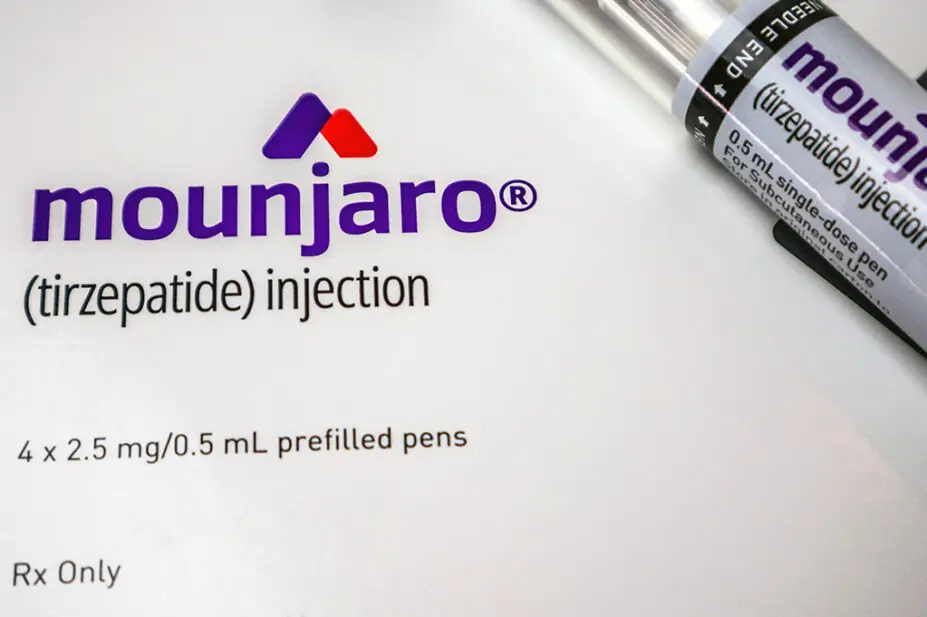
Shutterstock.com
Mounjaro (tirzepatide) manufacturer Eli Lilly has added warnings to its patient information leaflet for the drug that acute pancreatitis can be a “serious, potentially life-threatening condition”.
In changes made to the patient information leaflet for Mounjaro on 31 October 2025, Eli Lilly has added more detail to the drug’s list of ‘possible side effects’.
The manufacturer has included the following wording: “Stop using this medicine and seek urgent medical help if you experience: severe, persistent pain in the stomach area (abdomen), with or without nausea and vomiting. This could be a sign of acute pancreatitis, which is serious and potentially life-threatening.”
The patient information leaflet already included a caution that patients should talk to their doctor, pharmacist or nurse before using Mounjaro if they had ever had pancreatitis (i.e. the inflammation of the pancreas, which may cause severe pain in the stomach and back which does not go away).
Acute pancreatitis is also listed as an “uncommon” side effect that may affect up to 1 in 100 people.
Heidi Wright, practice and policy lead for England at the Royal Pharmaceutical Society (RPS), commented: “The addition of pancreatitis warnings to the patient leaflet is an important reminder that while GLP-1 [glucagon-like peptide-1] receptor agonists can be highly effective, they are not without risks.”
“Awareness of those risks among patients and healthcare professionals is essential,” she said, encouraging clinicians and patients to report any adverse side effects to the Yellow Card scheme.
“Clear communication, sourcing medicines from regulated providers, and greater vigilance can help ensure these treatments are used safely,” Wright added.
In June 2025, the Medicines and Healthcare products Regulatory Agency (MHRA) called on healthcare professionals to submit Yellow Card reports on behalf of patients who develop acute pancreatitis while using GLP-1 receptor agonists.
These patients will then also have the option to participate in a UK Biobank study, which will analyse saliva samples for genetic markers linked to adverse drug reactions (ADRs).
In addition, as the use of weight-loss drugs continues to increase, there has been a rise in documented side effects, with gastrointestinal side effects most commonly linked to fatal outcomes.
A total of 16,687 non-serious reports of adverse effects from tirzepatitde were made to the MHRA in 2025 — either through the Yellow Card scheme or by the pharmaceutical industry. An additional 5,477 serious reports for the drug were made to the MHRA, as well as 53 that had a fatal outcome.
Of the adverse effects reported in 2025, 65% (n=14,438) related to a gastrointestinal side effect, according to MHRA data. The data also revealed that non-serious gastrointestinal effects made up 72% (n=12,041) of the total non-serious side effects reported, 43% (n=2,368) of those with a serious outcome and 55% (n=29) of those with a fatal outcome.
Female patients made up 84% of the total tirzepatide adverse effect reports submitted to the MHRA in 2025, including 75% of the reports with a fatal outcome, the data show.
Further reading: Signs, symptoms and management of pancreatitis


